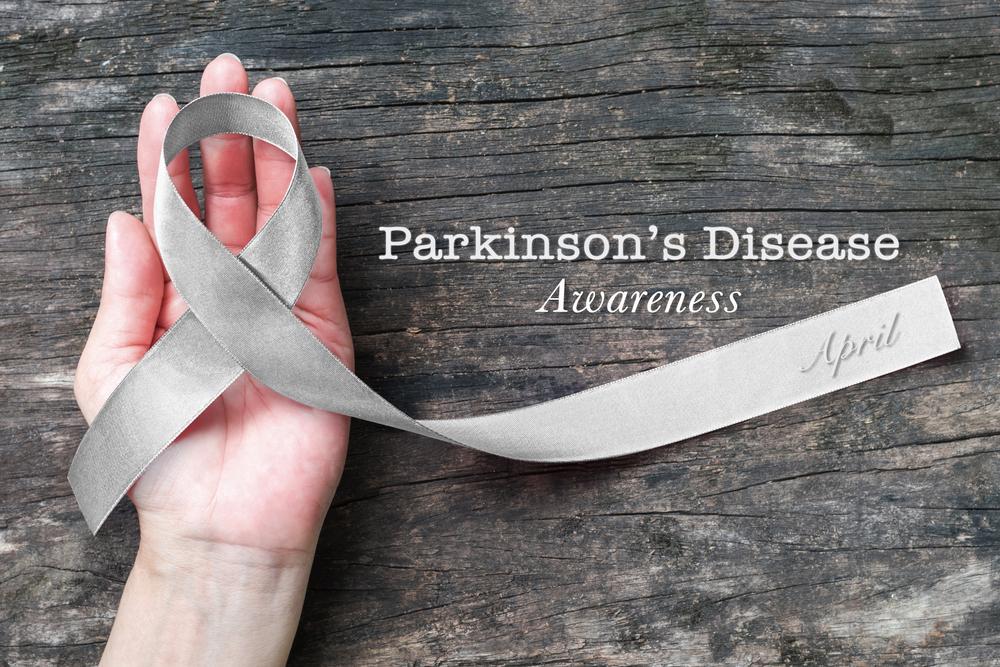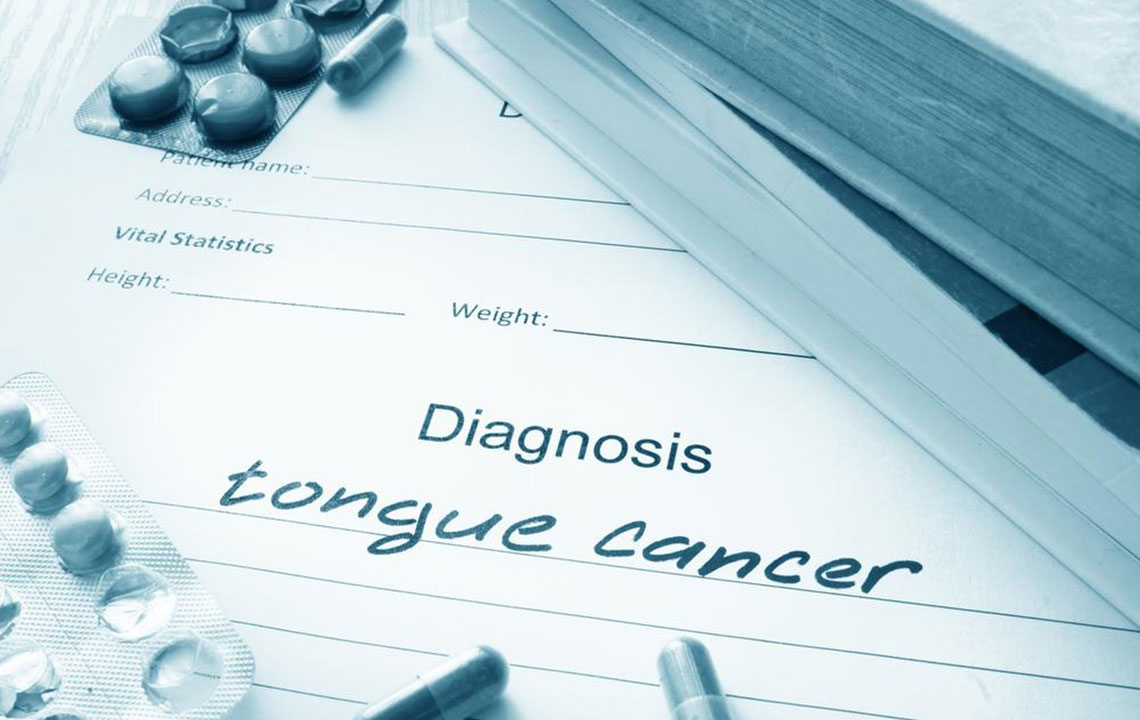Identifying the Early Signs and Symptoms of Parkinson's Disease
Early recognition of Parkinson's disease involves understanding subtle signs like tremors, stiffness, and walking changes. Prompt diagnosis through neurologist consultation can improve management. Lifestyle adjustments such as exercise and social support are crucial. This comprehensive guide explains how to identify early symptoms, their progression, and management strategies, helping individuals and caregivers take timely action for better quality of life with Parkinson's disease.

Understanding the Initial Indicators of Parkinson's Disease
Recognizing the early signs of Parkinson’s disease can be challenging, as the symptoms initially tend to be subtle, vary widely among individuals, and often develop gradually over time. Accurate early detection is crucial for managing the disease effectively and improving quality of life. Typically, symptoms surface between the ages of 50 and 60, although they can sometimes appear earlier or later. In its initial stages, Parkinson’s often manifests unilaterally—affecting one side of the body—before progressing to involve both sides. During this phase, symptoms on the unaffected side may be less noticeable but tend to become more prominent as the disease advances. Understanding these early symptoms can empower individuals and caregivers to seek timely medical advice and intervention.
Common early signs and symptoms of Parkinson’s include:
Tremors: The most recognizable symptom is a rhythmic shaking, usually starting in a finger, thumb, hand, or sometimes a foot. These tremors are typically resting tremors, meaning they tend to occur when the affected limb is at rest and may diminish during voluntary movements. A distinctive pill-rolling motion—a movement similar to rolling a small object between the thumb and forefinger—is often observed. Recognizing these tremors early can lead to quicker diagnosis and management.
Muscle Rigidity: Stiffness and inflexibility in the muscles can occur, reducing the range of motion and causing discomfort or pain. Rigidity often affects facial muscles, giving rise to characteristic facial masking, or may involve neck, limbs, or trunk muscles. This stiffness tends to increase with disease progression, impacting daily activities significantly.
Changes in Mental and Emotional Health: Anxiety, depression, and mild cognitive impairments are common non-motor symptoms that may precede motor signs. Over time, some individuals may experience more severe cognitive decline, including problems with memory, executive function, or even develop dementia. These psychological changes can be distressing and often require comprehensive management alongside motor symptom treatment.
Walking and Balance Difficulties: Early signs include a reduction in arm swing, shuffling steps, and trouble with gait stability. These changes can lead to increased risk of falls, especially in later stages. As the disease progresses, individuals may develop a stooped posture and experience difficulties with initiating movement, known as freezings or frozen gait episodes.
Sleep Disturbances: Sleep problems may manifest as REM sleep behavior disorder (acting out dreams), restless leg syndrome, or frequent awakening during the night. Such disturbances can worsen over time and significantly impair quality of sleep, leading to daytime fatigue.
Speech and Voice Changes: Speech may become softer, slurred, or monotone. Swallowing difficulties may also emerge, affecting nutritional intake and communication. These changes may be gradual and often go unnoticed early on.
If you observe any of these signs, especially in combination, consulting a neurologist who specializes in movement disorders is essential for proper diagnosis. Early diagnosis not only helps in managing symptoms more effectively but also allows for timely lifestyle adjustments. Simple interventions like regular physical activity, speech therapy, and social engagement can significantly delay disease progression and enhance overall well-being.
While Parkinson's disease remains a complex neurodegenerative disorder without a definitive cure yet, ongoing research continues to improve understanding and treatment options. Staying informed about the early signs and symptoms empowers patients and caregivers to take proactive steps toward health management and maintaining independence for as long as possible.





